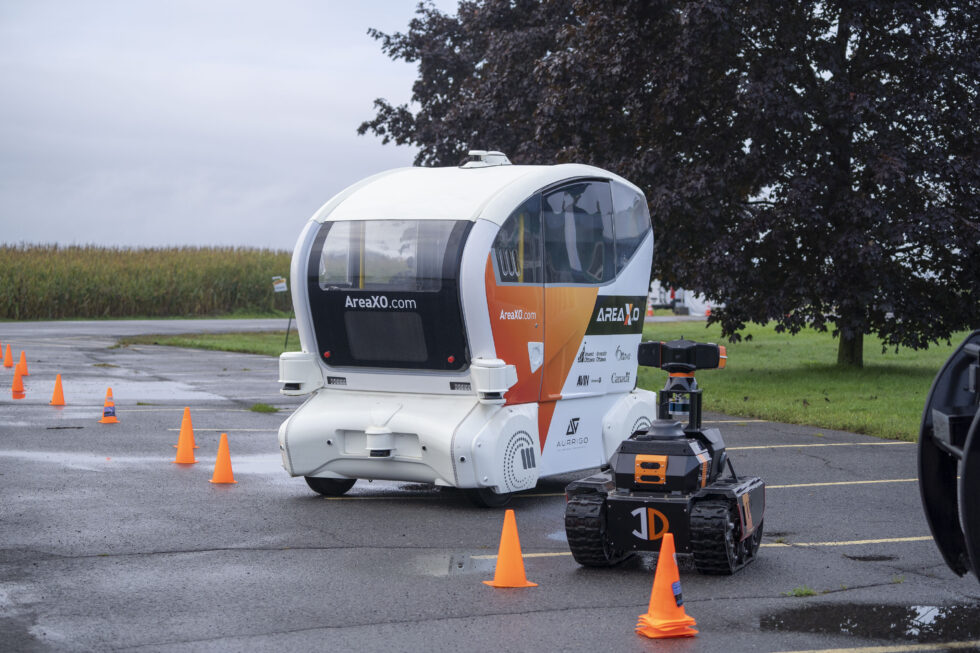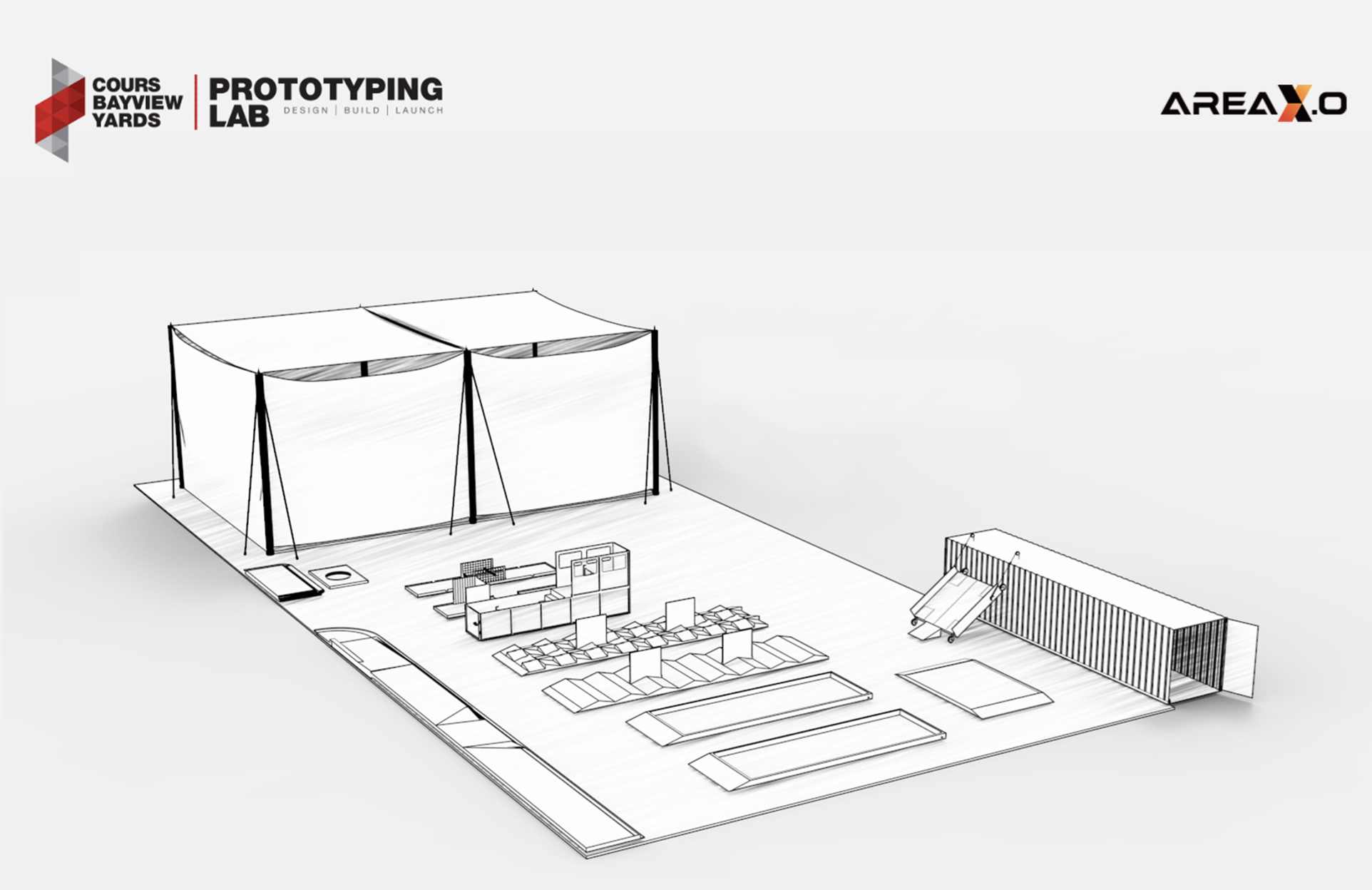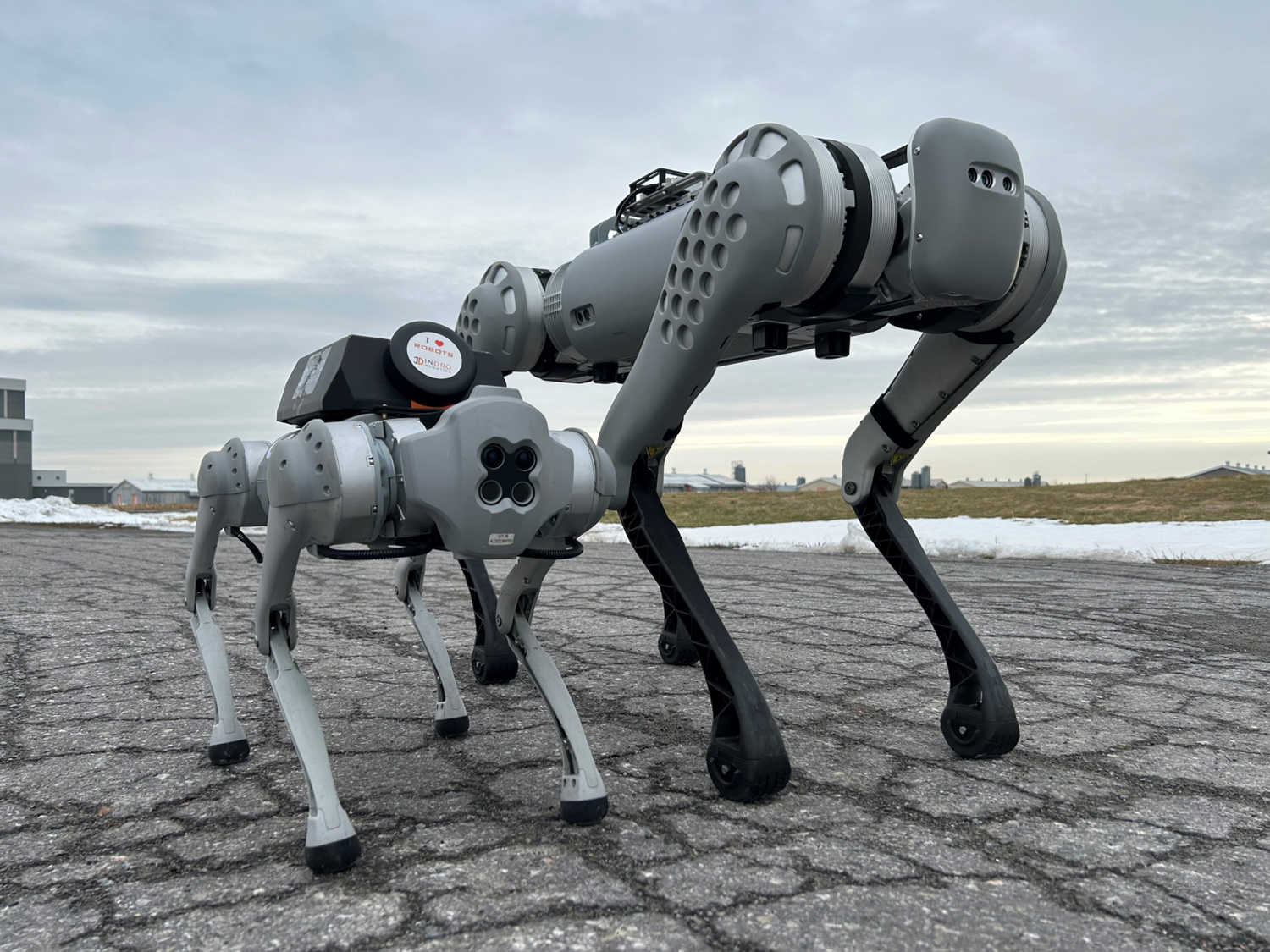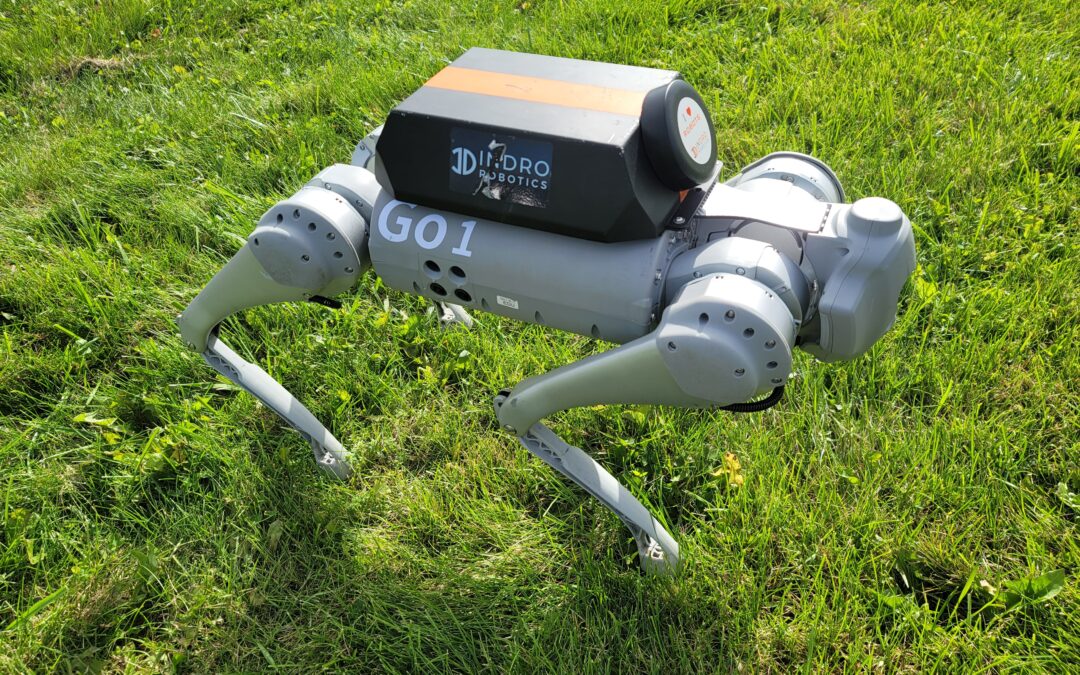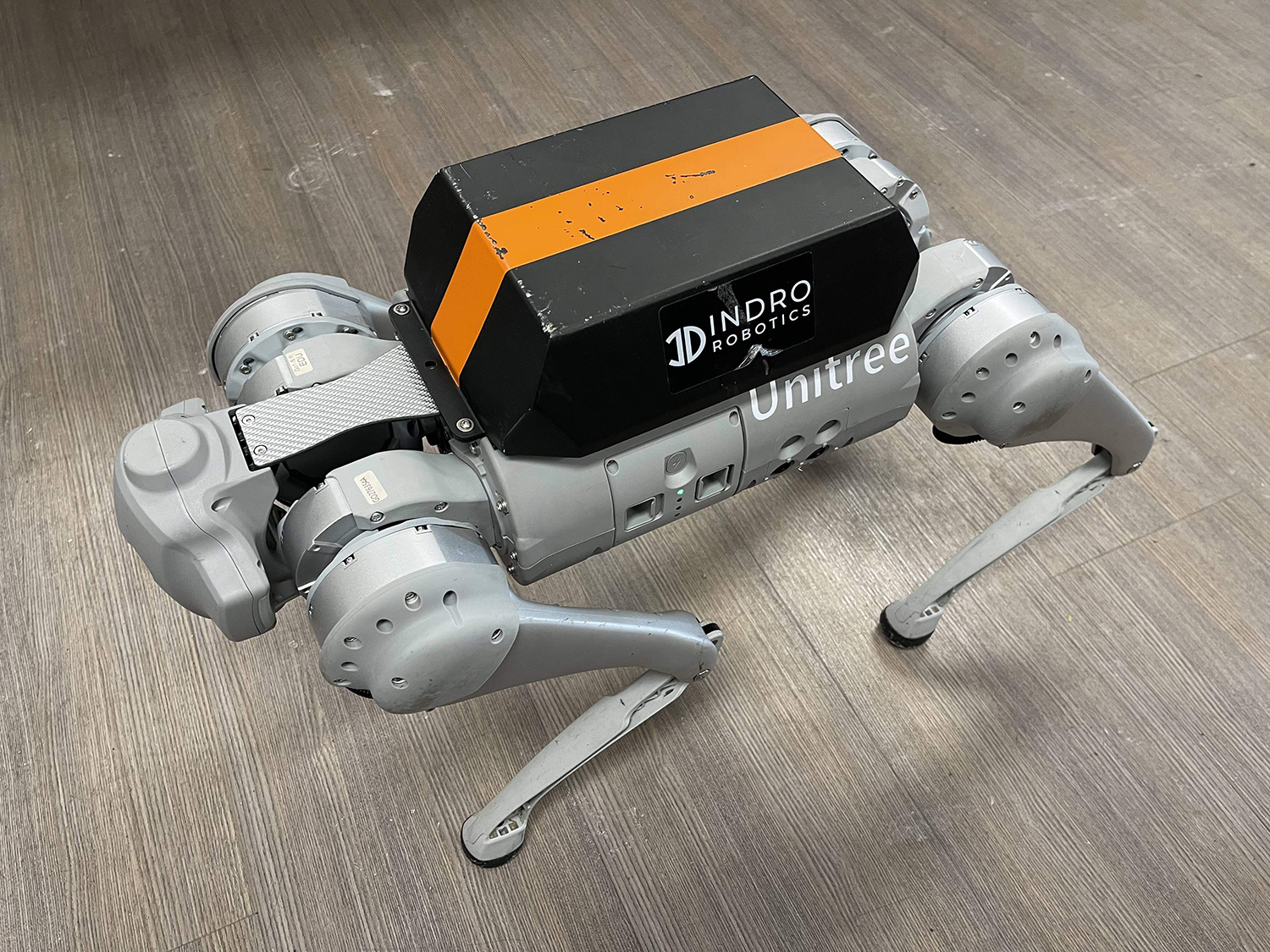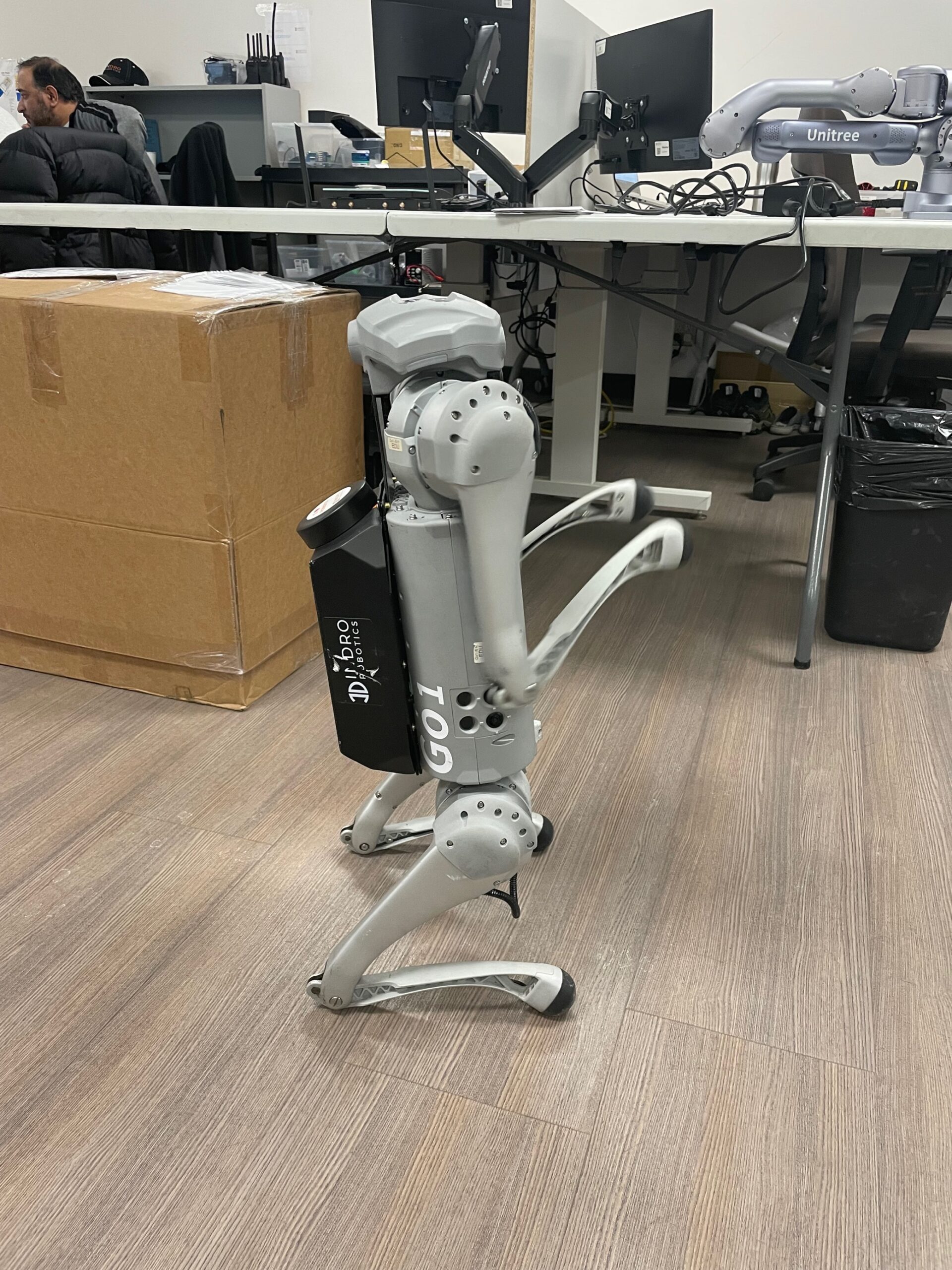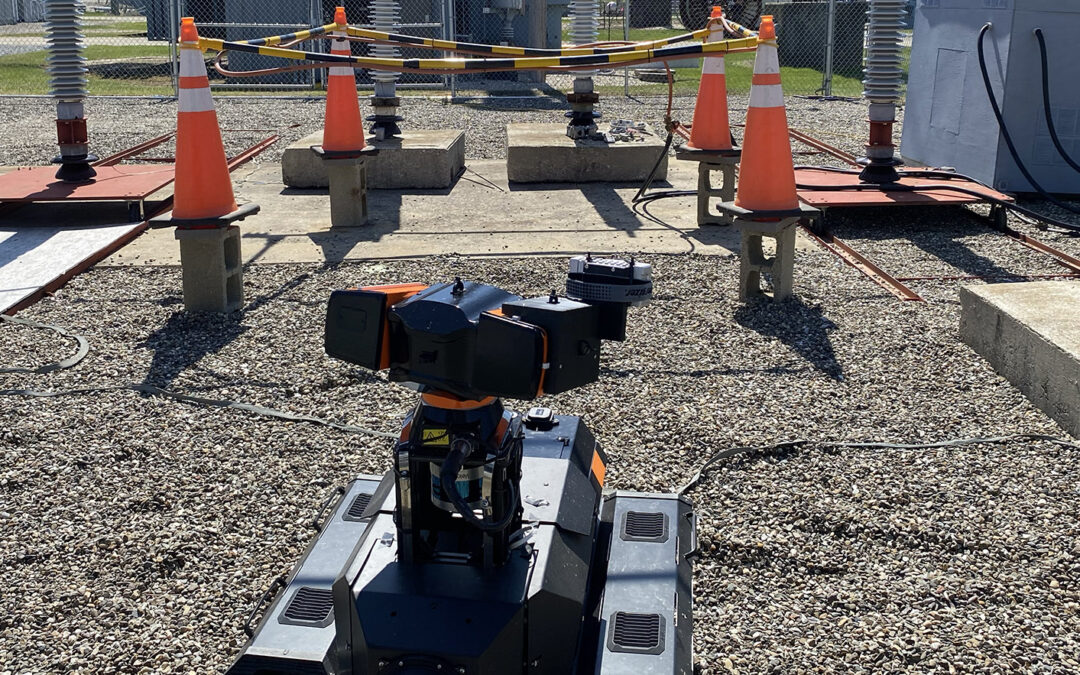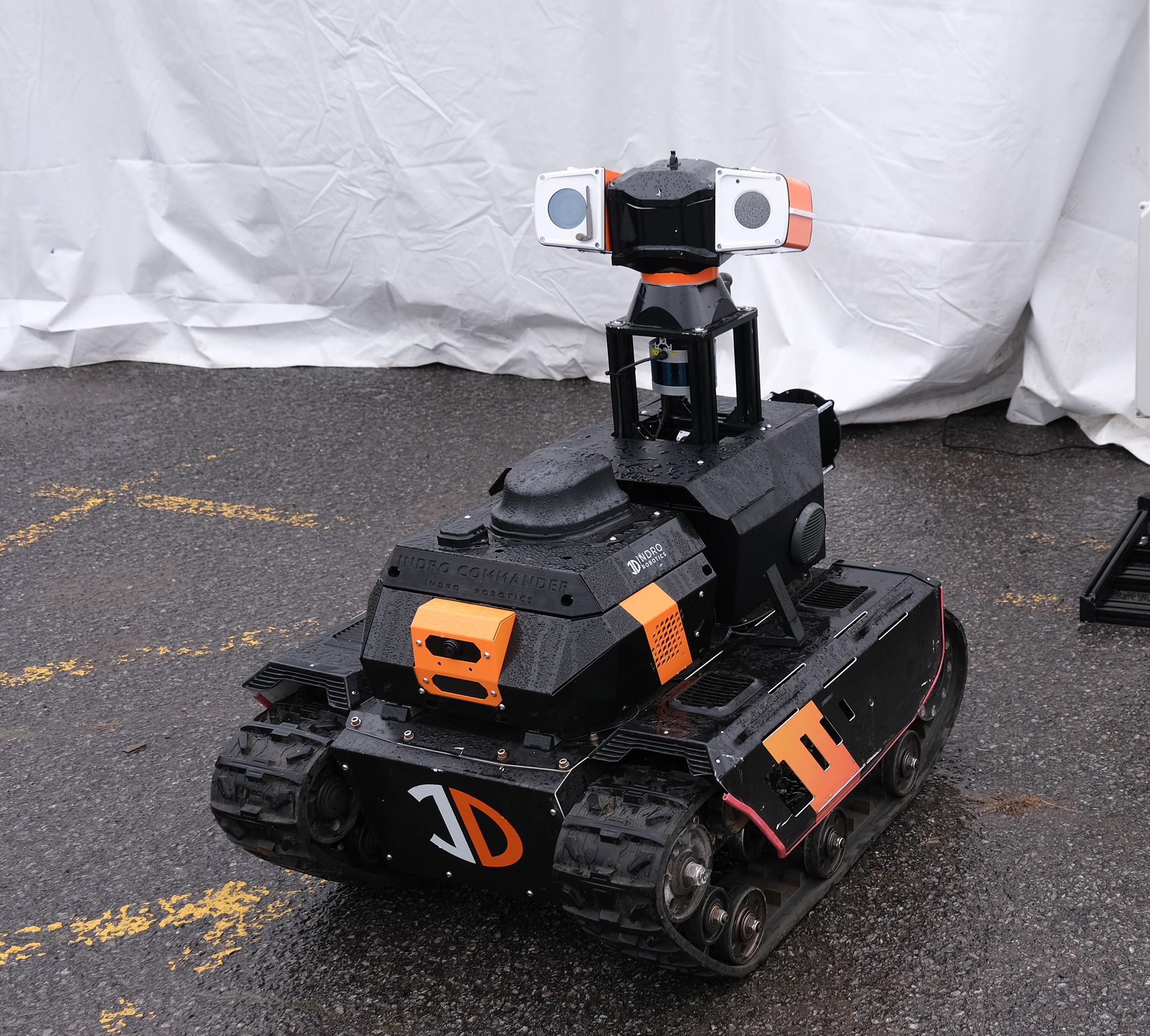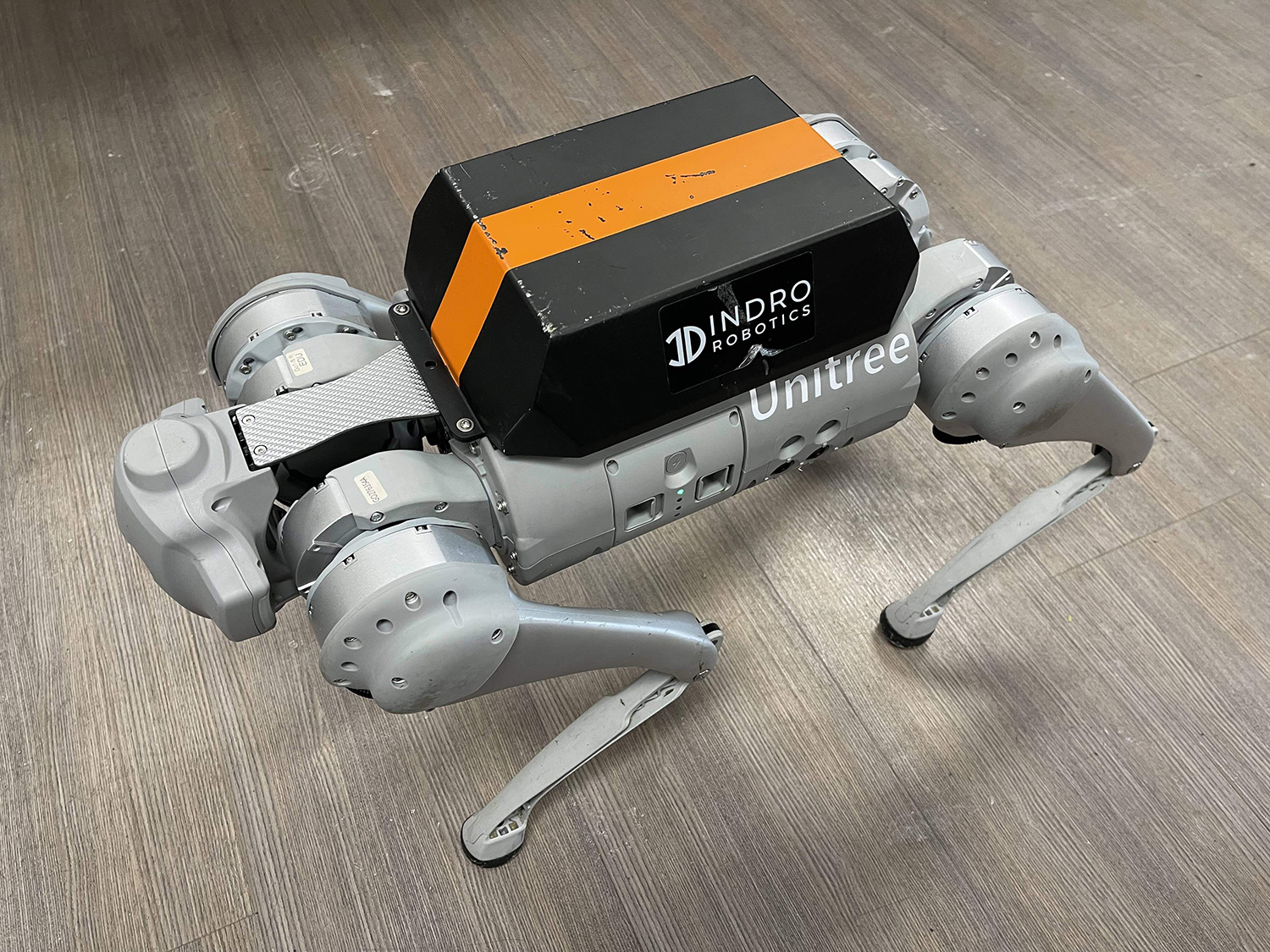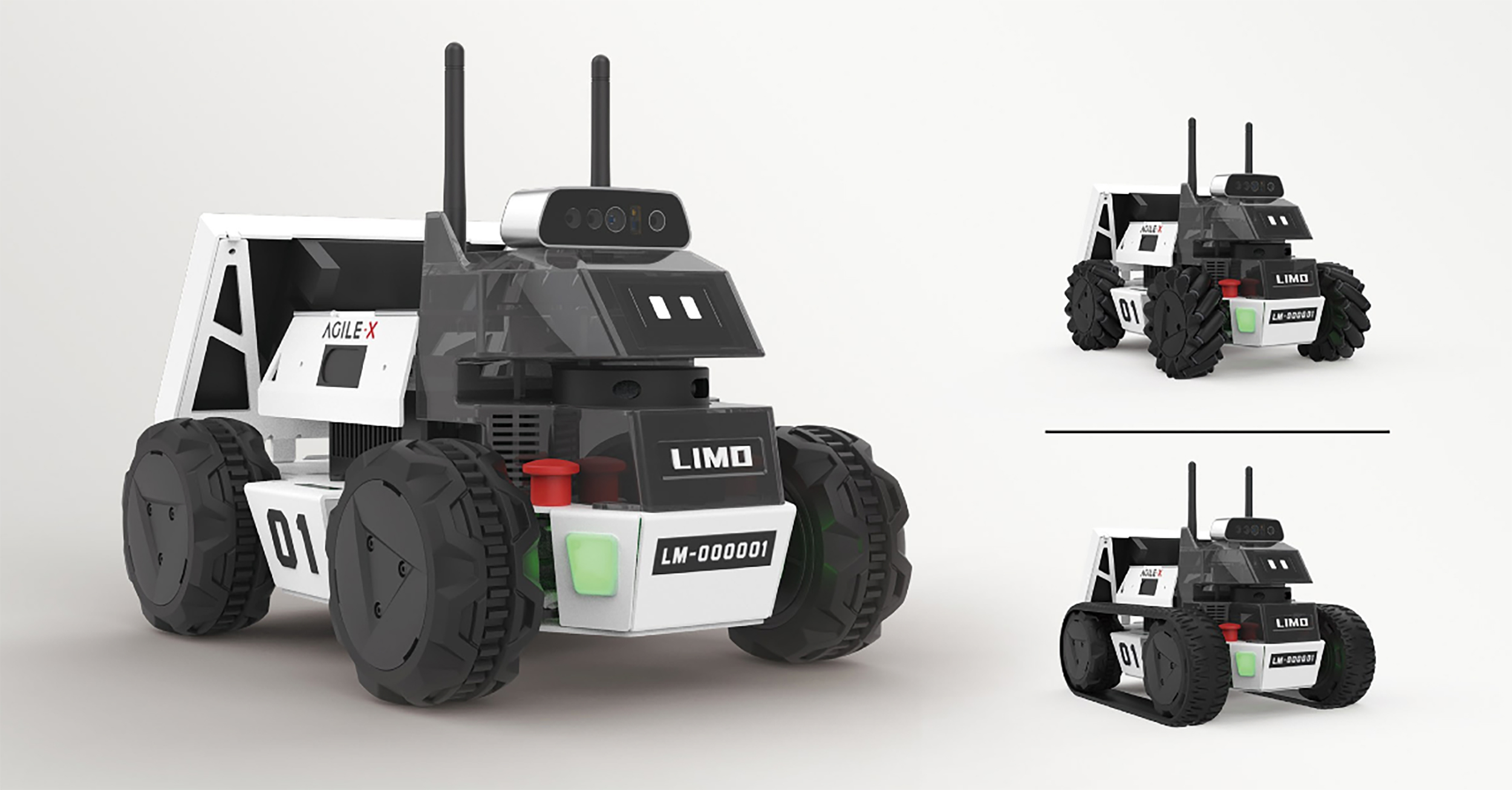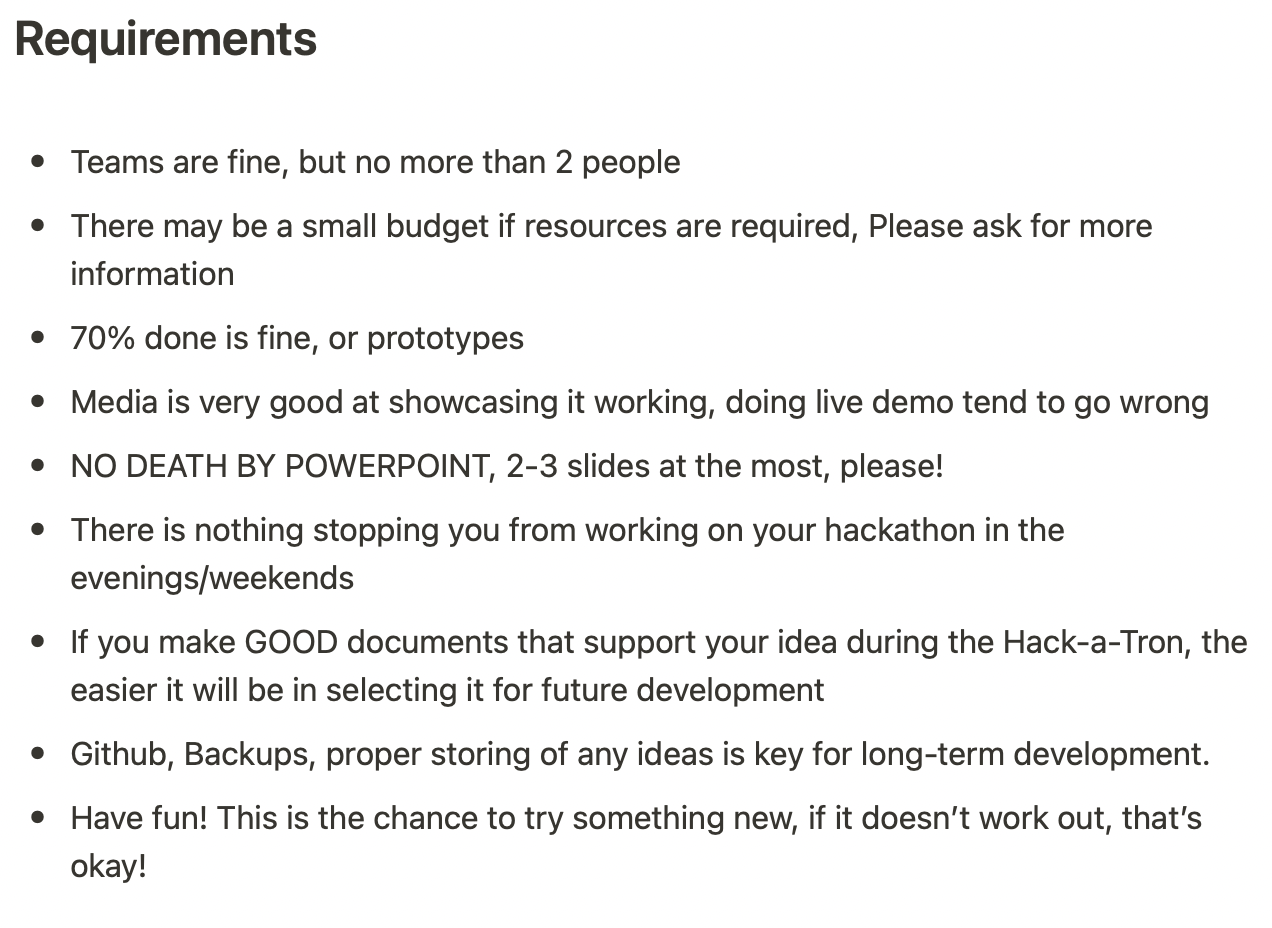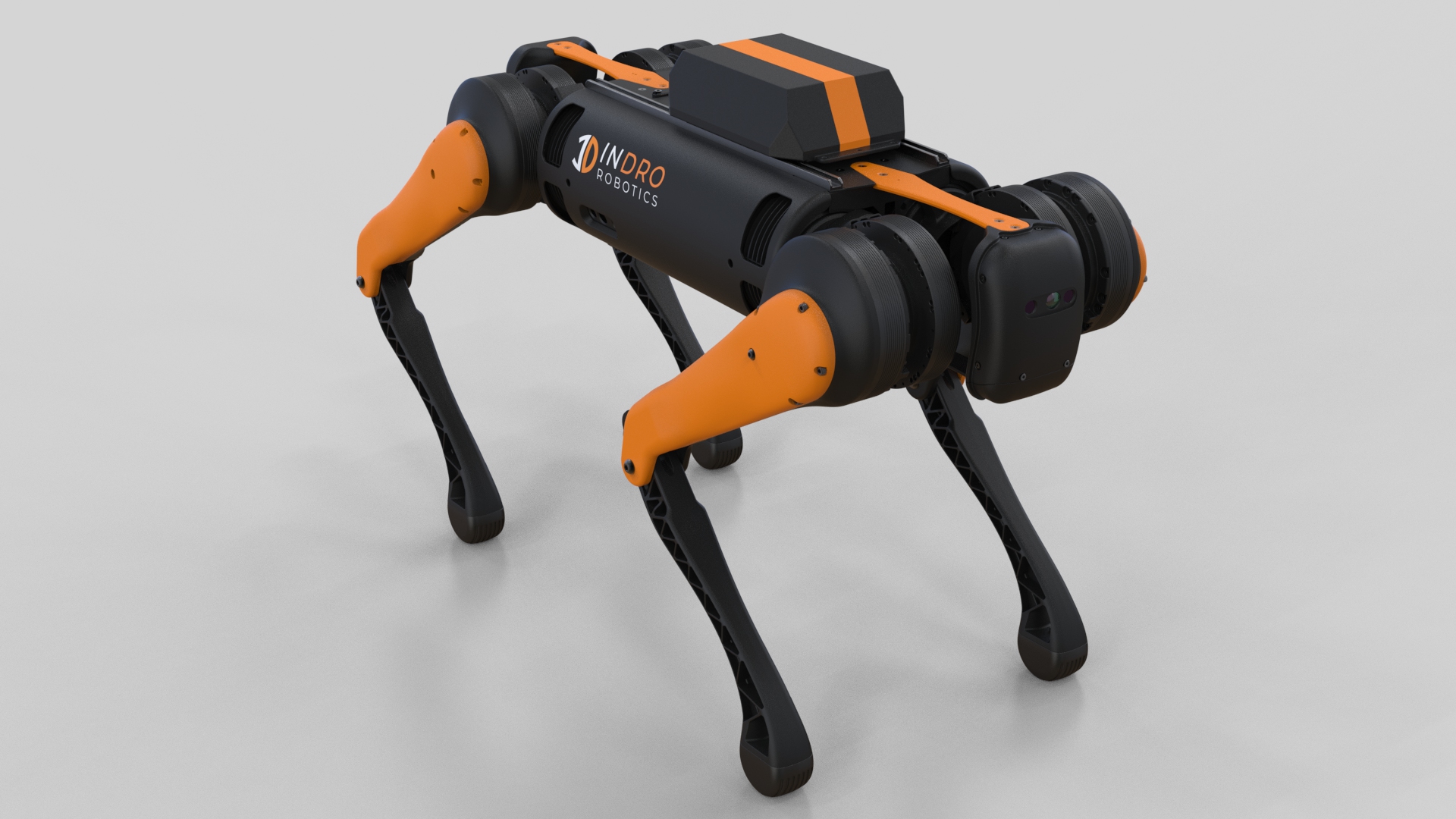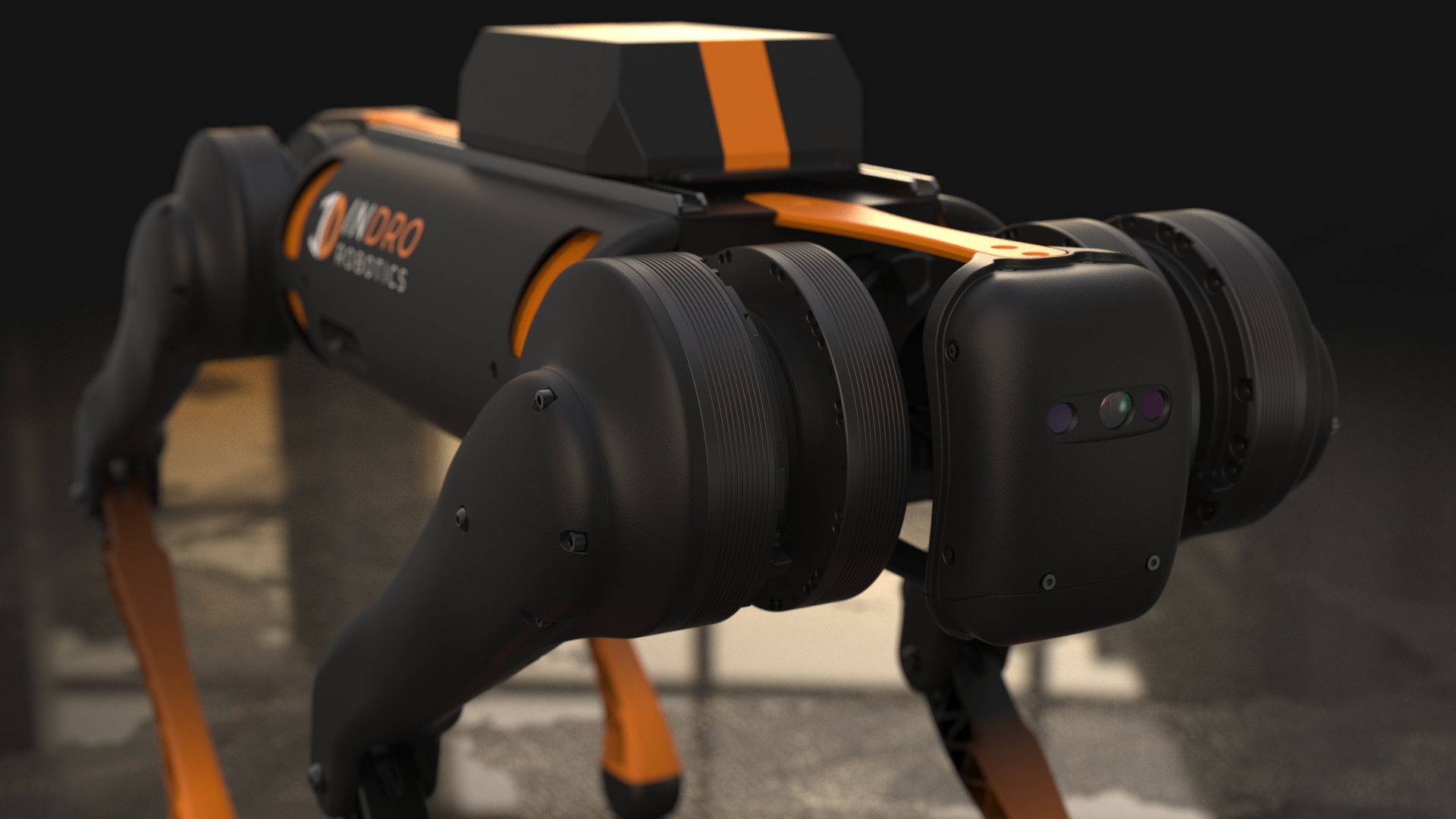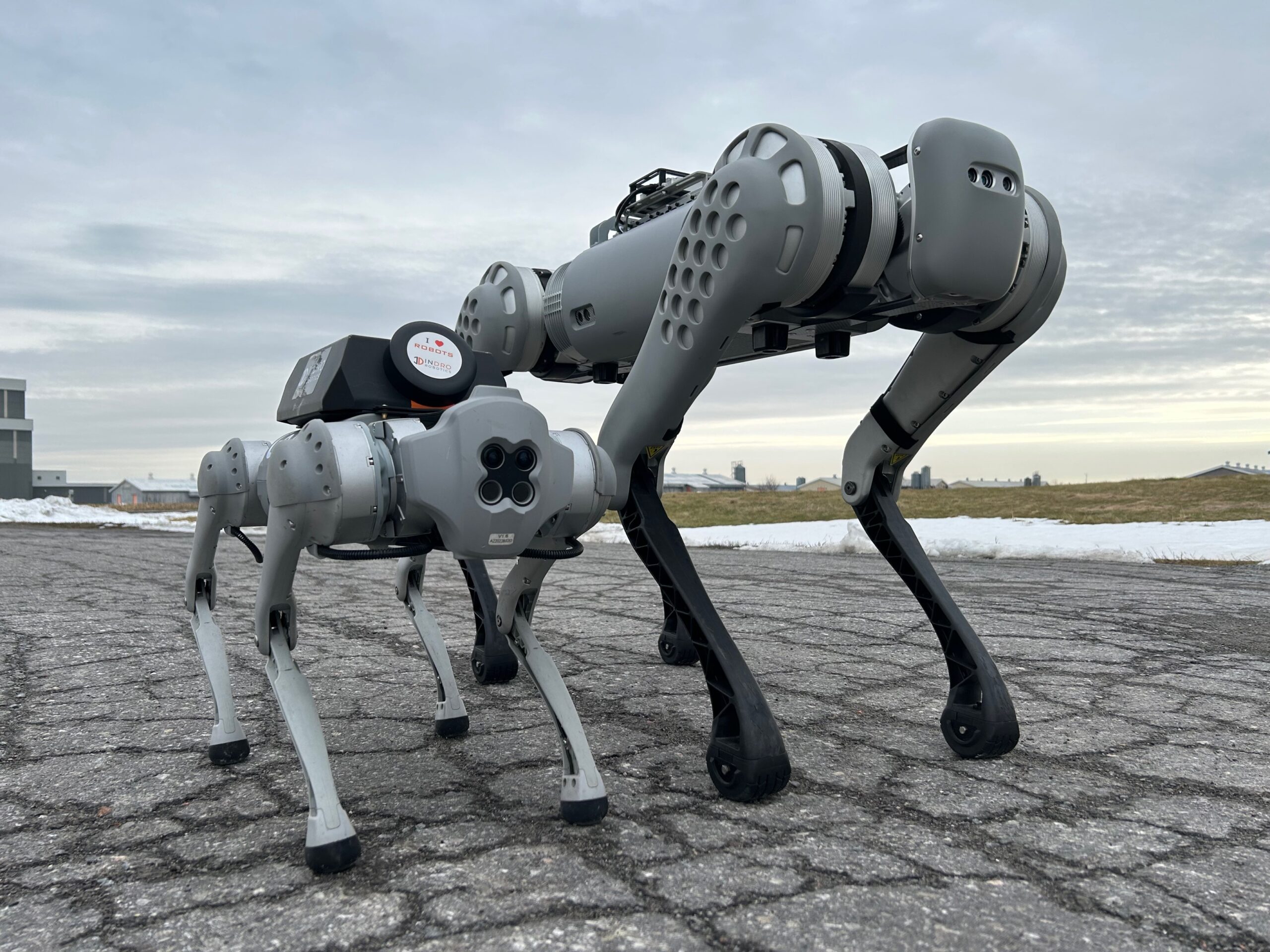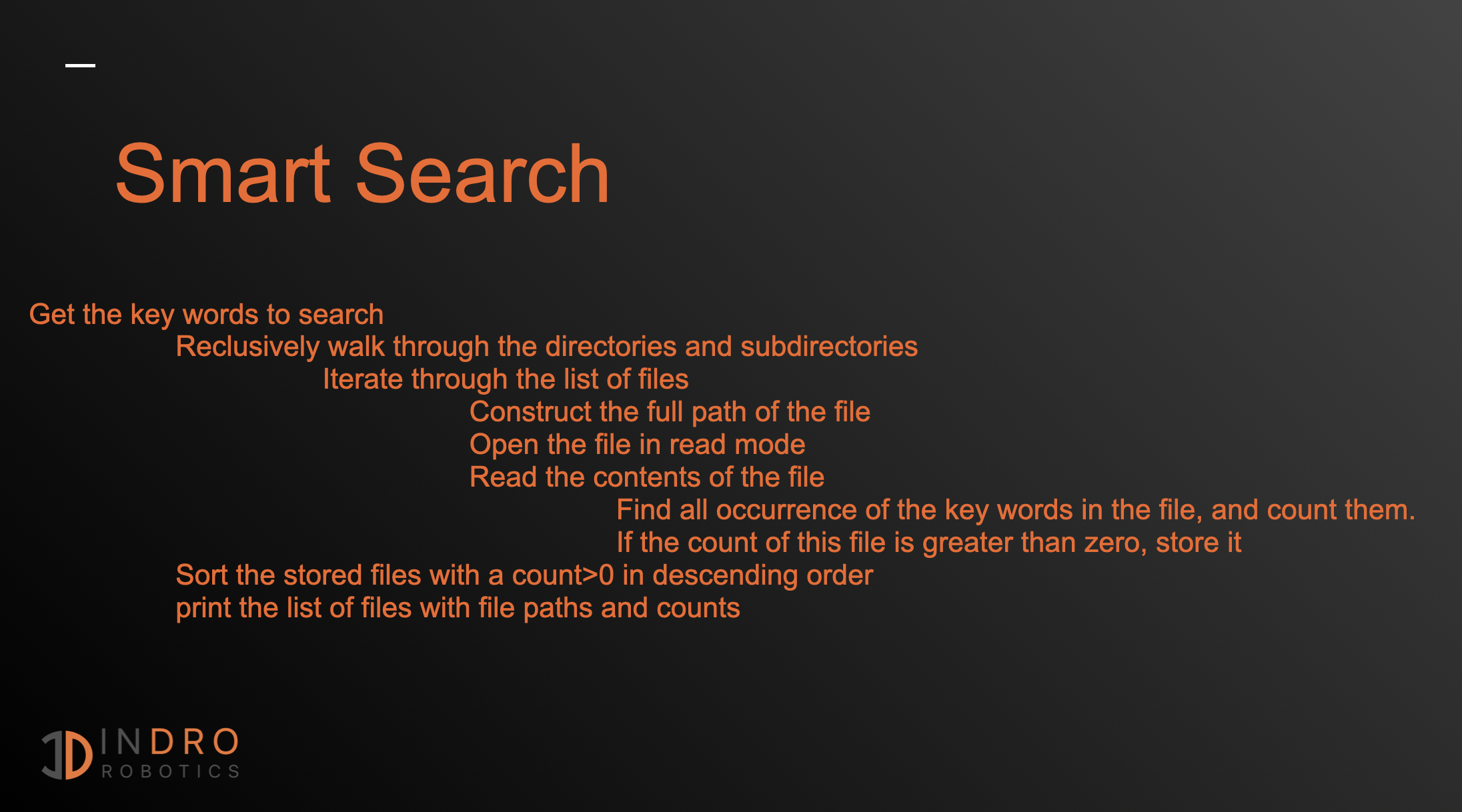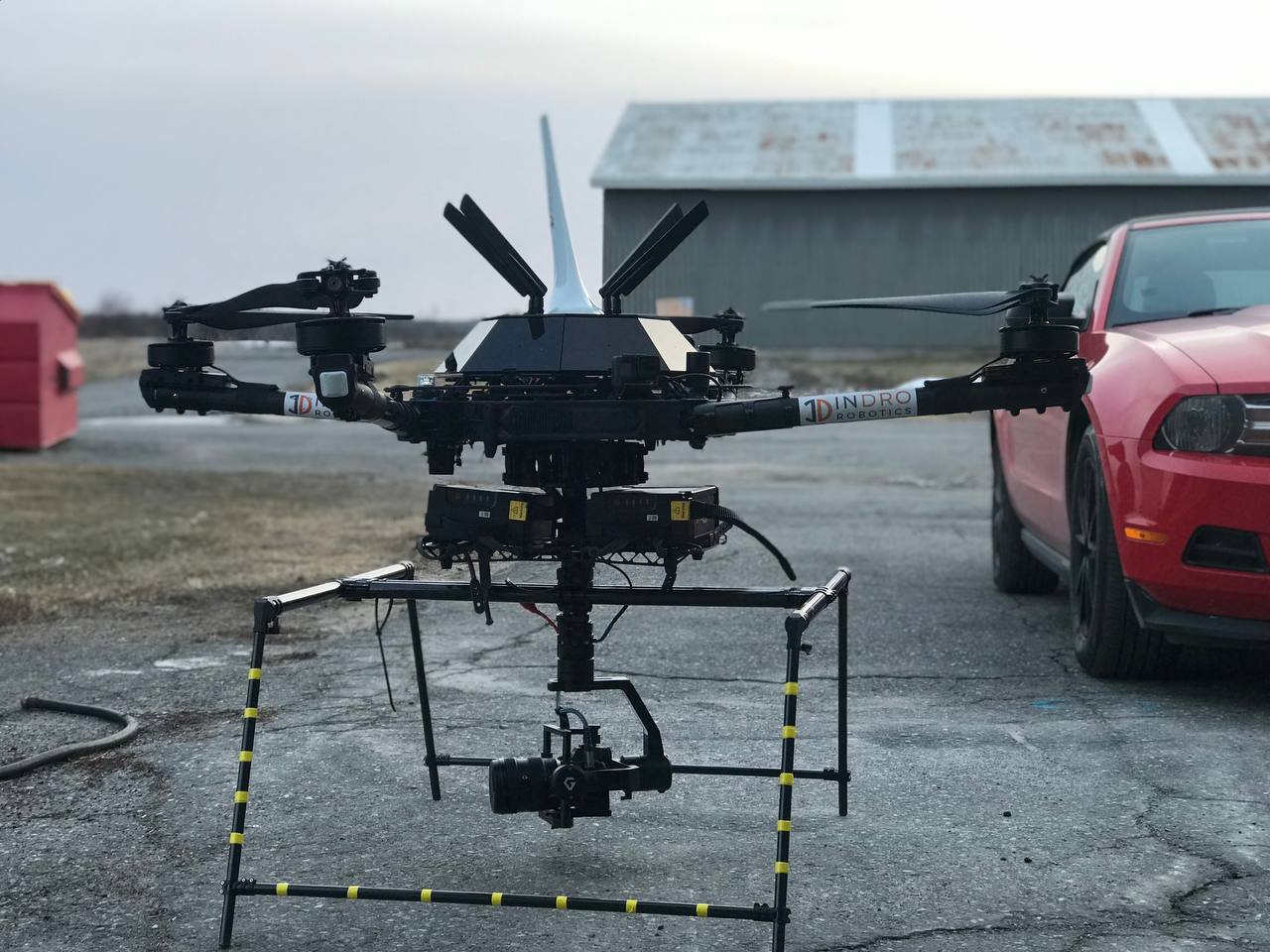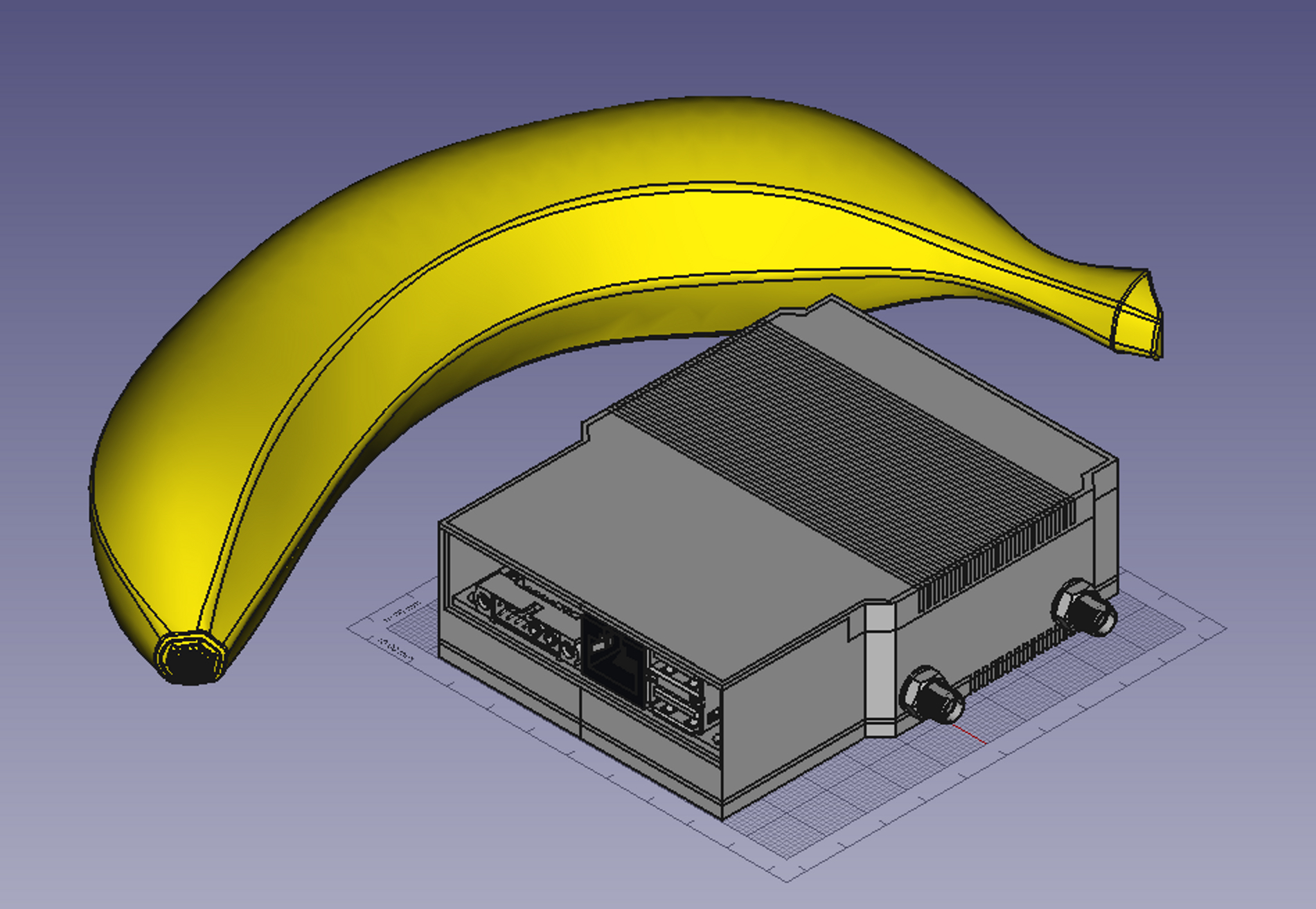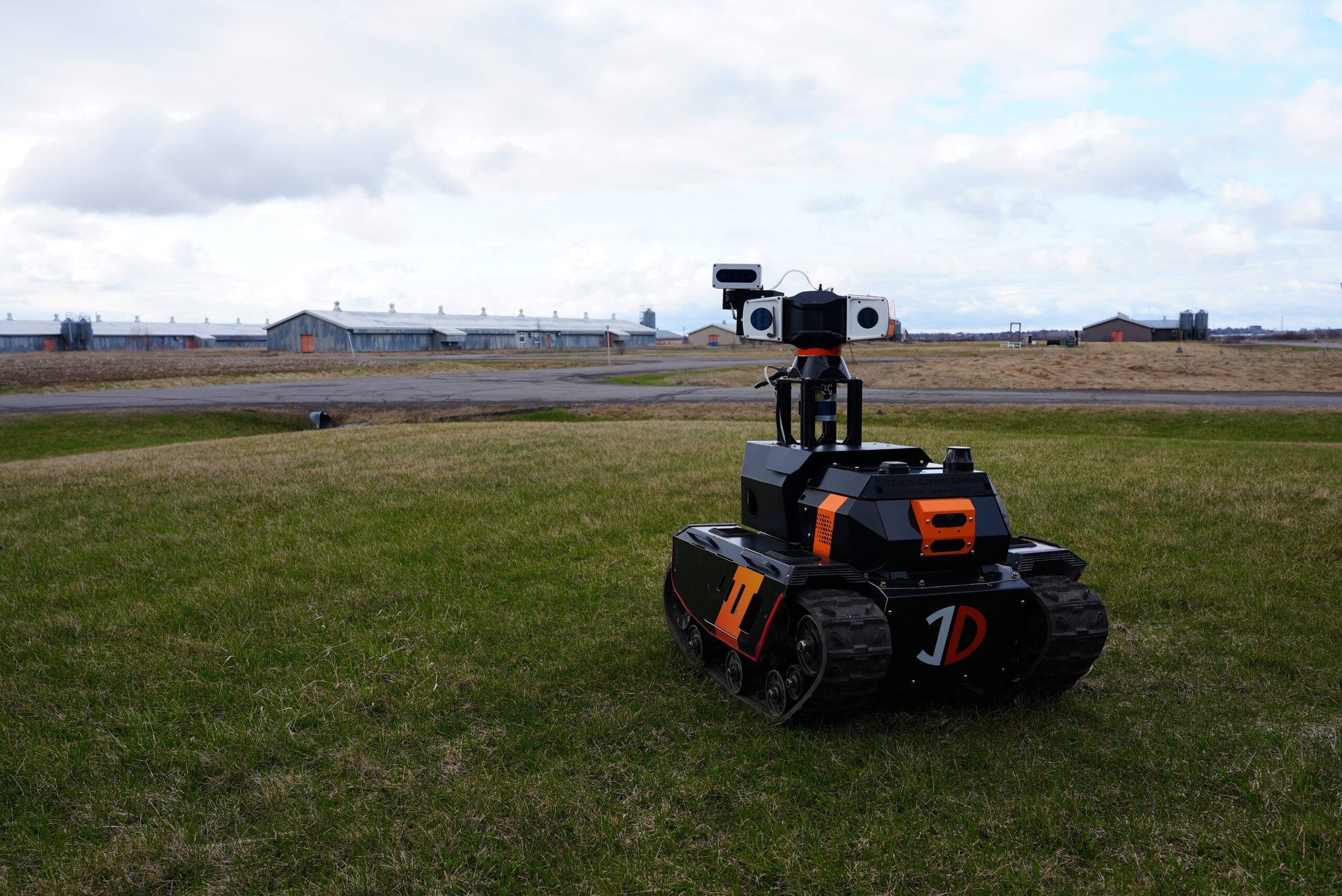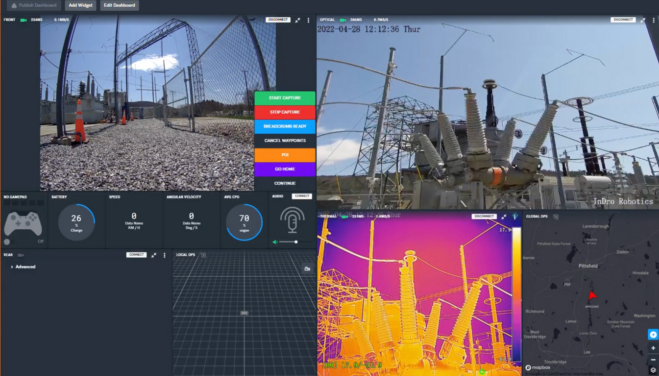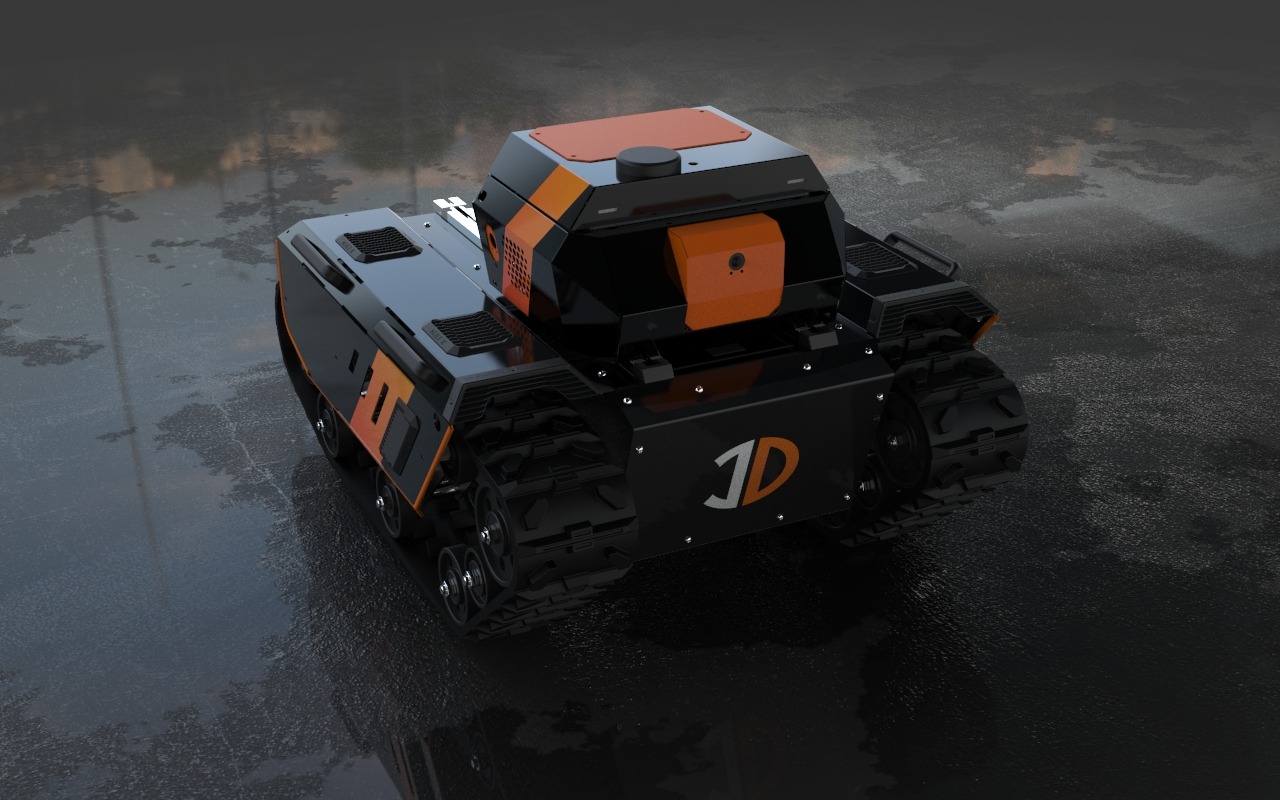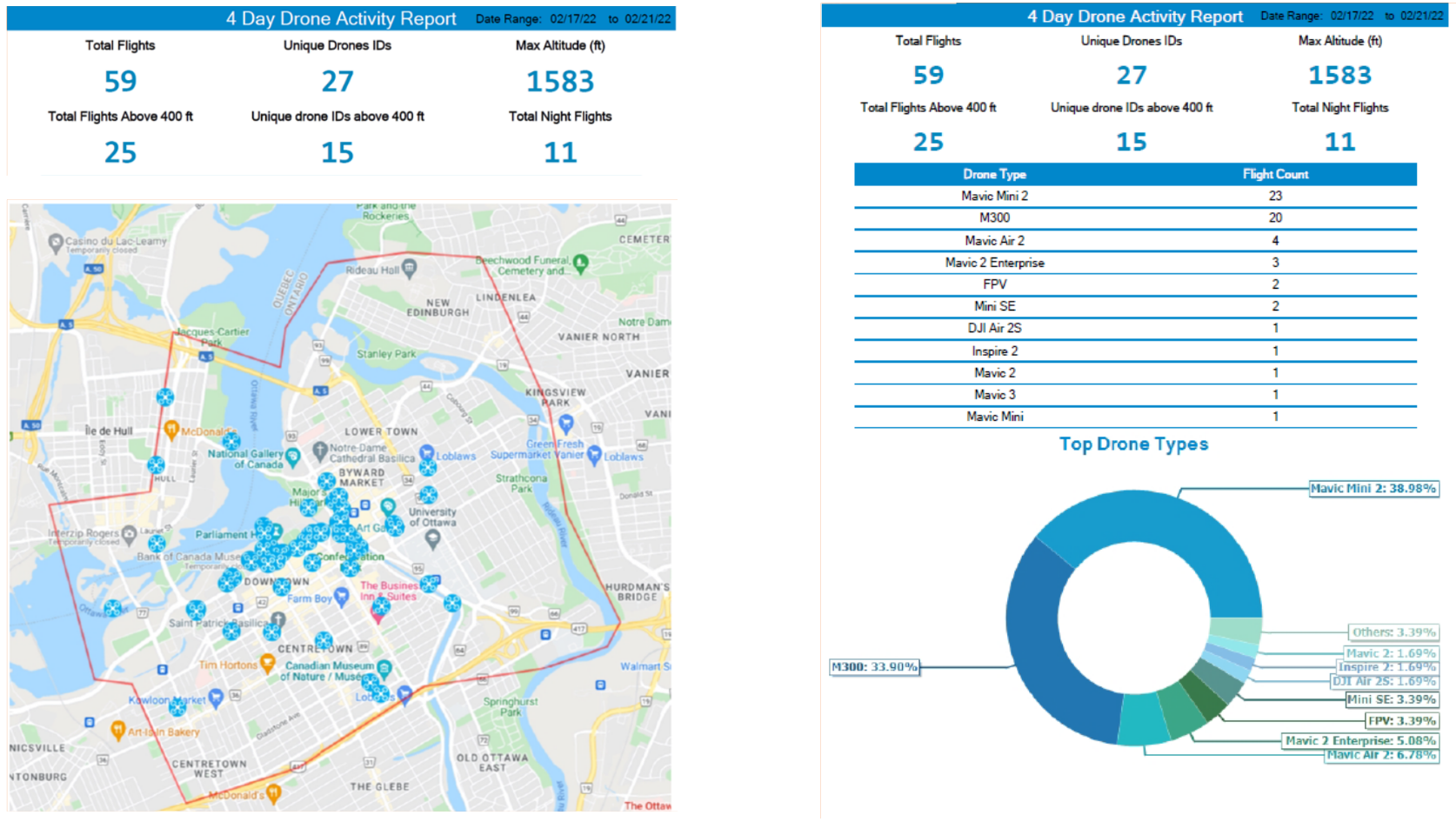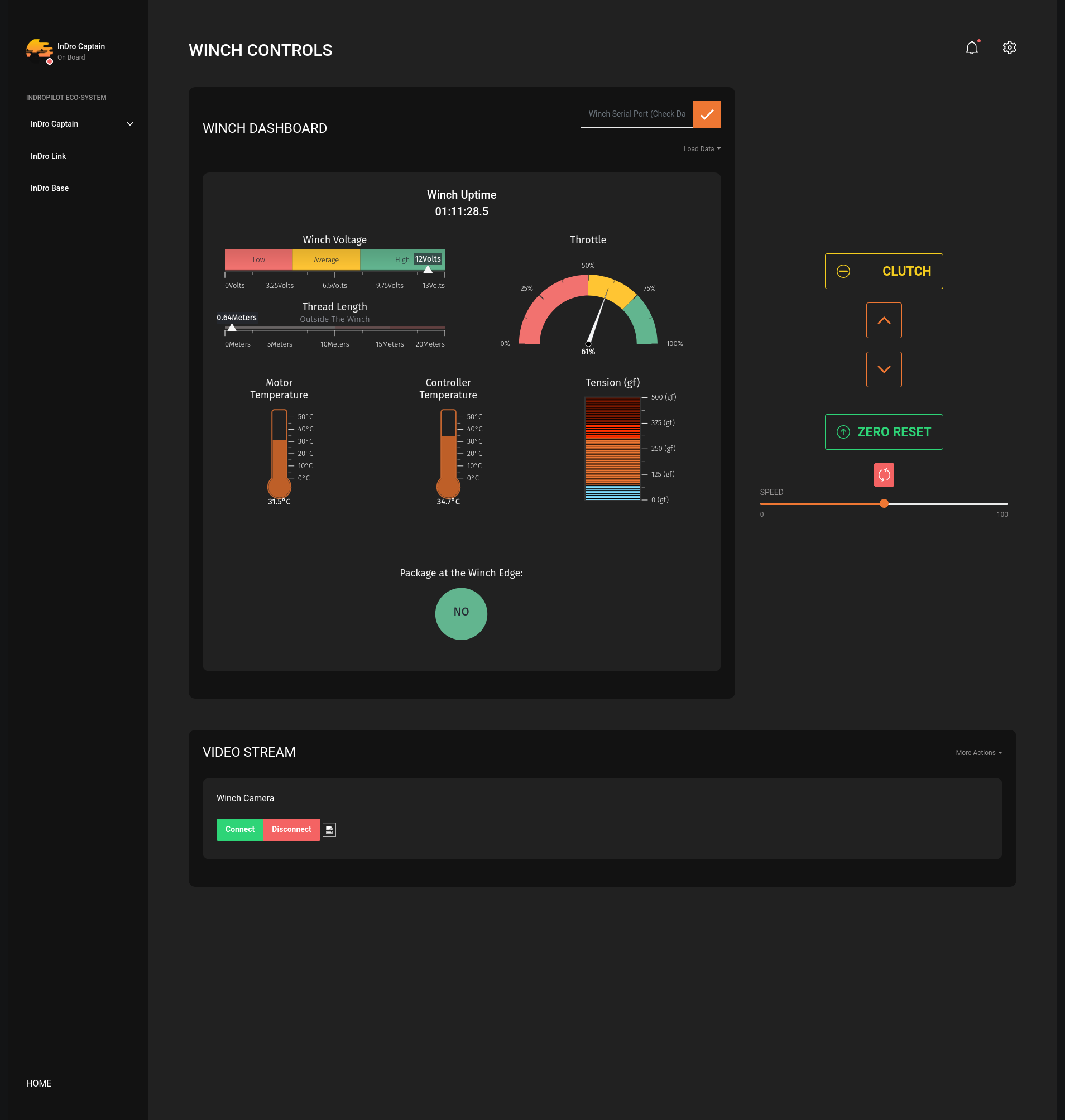
InDro hires Head of Strategic Innovations
By Scott Simmie
As a Research and Development company, InDro Robotics is – by necessity – engineering-heavy. Our staff at Area X.O in Ottawa and in British Columbia are constantly pushing the envelope when it comes to inventing and deploying new solutions in hardware, software and service provision.
As a result, much of the focus of our hiring in the past couple of years has been expanding our engineering staff.
But with a growing number of InDro products and clients, it’s also important to identify and develop key partnerships. And on that front, we’re pleased to announce a non-engineer hire. Stacey Connors joins the InDro team as Head of Strategic Innovations.
The role is about the big picture – and a long-term vision of planning and executing InDro’s growth trajectory.
“My role is to find where we want to go, find the vertical that InDro should lean into, then determine what infrastructure we need based on our initial customer understanding and discoveries.”
It’s a big job. And Stacey comes with the requisite experience.

FedEx
Connors comes to InDro after a 12-year, high-level run at FedEx, the global leader in express transportation. Beginning as an account executive, she went on to positions in Strategic Development, became a Worldwide Account Manager, and was a District Manager when she made the leap to InDro.
Much of her work with FedEx involved B2B development. She worked with a variety of different verticals, including aerospace, retail, healthcare and manufacturing. She comes with a special knack for putting pieces together.
“What I enjoyed about it was twofold,” she says: “Finding the intersection between the solution that my organization had available and the need or problem that the customer’s trying to solve.”
Leap of faith
Connors says she truly enjoyed her work at FedEx. But when the opportunity at InDro came along, she felt ready for a new challenge that would push her beyond her comfort zone.
“I was craving something wildly different,” she says. “I hadn’t remotely thought about robotics and laughed when Peter (Peter King, Head of Robotic Solutions) first mentioned it. But it was a personal opportunity to get uncomfortable, be challenged, and work on the edge – where you have to be sharp.”
Connors has quickly jumped in, traveling to Area X.O on her first week to meet a visiting robotics company from Europe and a delegation from NAV CANADA. While there, she quickly observed one of InDro’s key strengths.
“In my first few days it was very obvious that there’s a cohesiveness among all individuals in the organization. Everyone fully understands the business objectives we’re trying to achieve and the value that each of them bring,” she says. “When I walk into an organization and see that collective spirit, that’s the horse I’m going to bet on.”
Solutions
Drawing on her FedEx experience, Connors says she’s excited to start identifying companies that might benefit from InDro’s many robotic solutions – including a new inventory drone system that autonomously scans warehouse stock. But while sales may well result from her work, her role is really about the bigger strategic picture as InDro continues to grow.
“Yes, I’ll be leveraging our R&D capabilities to accelerate specific industries in their use of these technologies,” she says. “But I really see InDro as an integrator – and that’s almost how I would describe my role. We have research and development, the newest and latest and greatest. I’ll be going out and seeing who has other pieces we don’t have and bringing them all together. And that really gets me excited.”
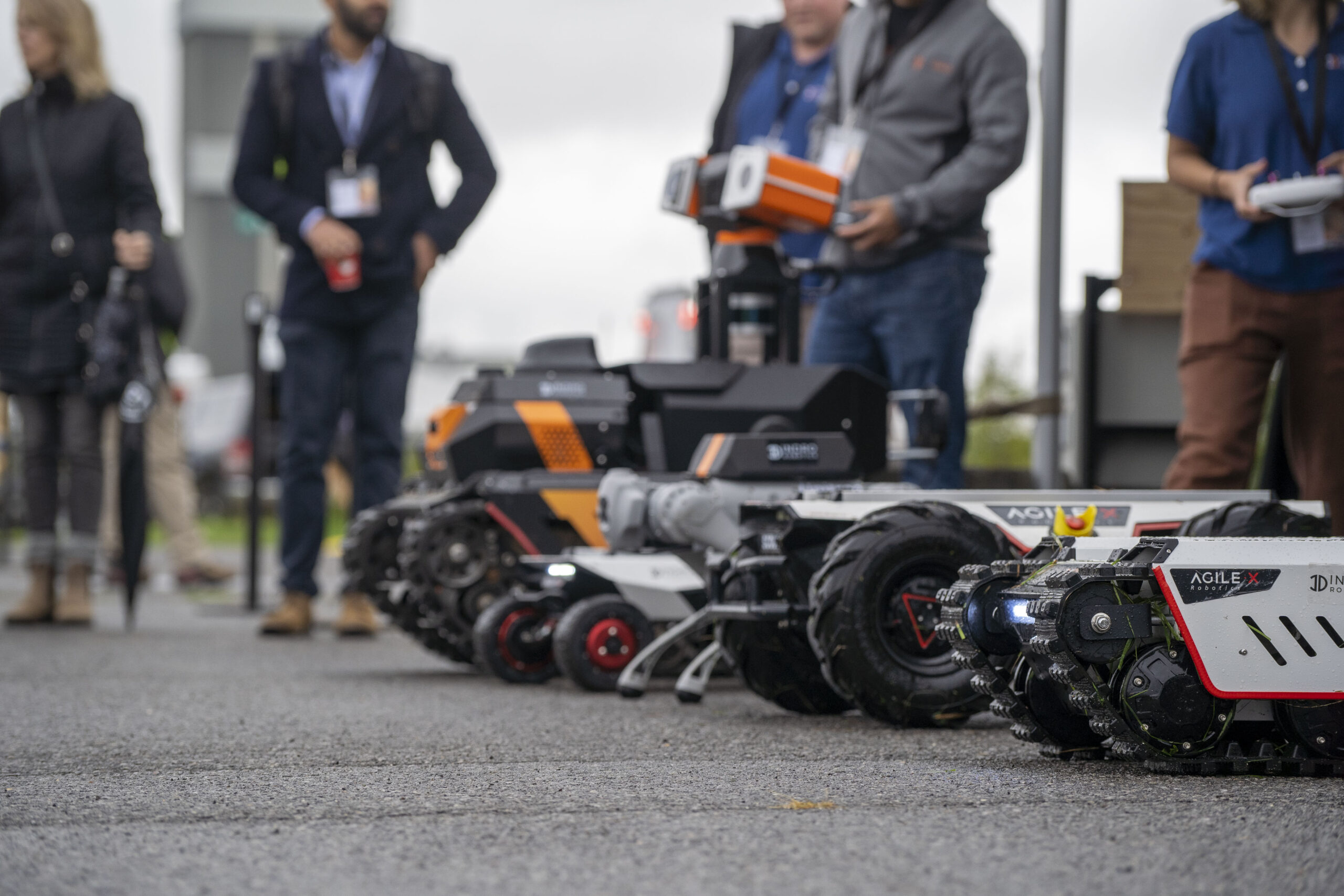
Other expertise
Connors, in addition to her accomplishments at FedEx, has other expertise that will serve her well in this role. She has a Bachelor of Health Science from Wilfrid Laurier University, along with a post-graduate degree from the University of the Sunshine Coast in Australia. She’s also a certified Talent Management Practitioner, has gone through the Ivey Sales Leadership Program, has studied Emotional Intelligence at McMaster’s DeGroote School of Business, and is also a Certified Multipliers Leader – with the latter meaning she has expertise to help bring out the greatness in others.
But she’d rather talk about InDro – and what she’s learned since coming onboard – than about herself.
“At FedEx our operators were the core and value of the company. And it is obvious that the engineers are the core value of this company,” she says. “Research and development is that incessant hunger to continue to provide new options, new solutions, new technologies. And you can feel that spirit here.”

InDro’s take
The hiring of Stacey Connors as Head of Strategic Innovations is significant for a couple of reasons. The first, obviously, is that she brings proven skills, expertise, and an outstanding reputation.
But the second is really about the timing.
InDro Robotics has been growing steadily. In the last two years our team has developed and deployed multiple new products and services, and we are working with several global technology companies. Our engineering team has continued to grow.
“We are at a significant juncture in the company’s trajectory,” says CEO Philip Reece. “While InDro will always be an engineering-first firm, we are now at the stage of securing strategic partnerships to ensure the next phase of growth. Stacey is the right person, in the right position, at the right time.”

